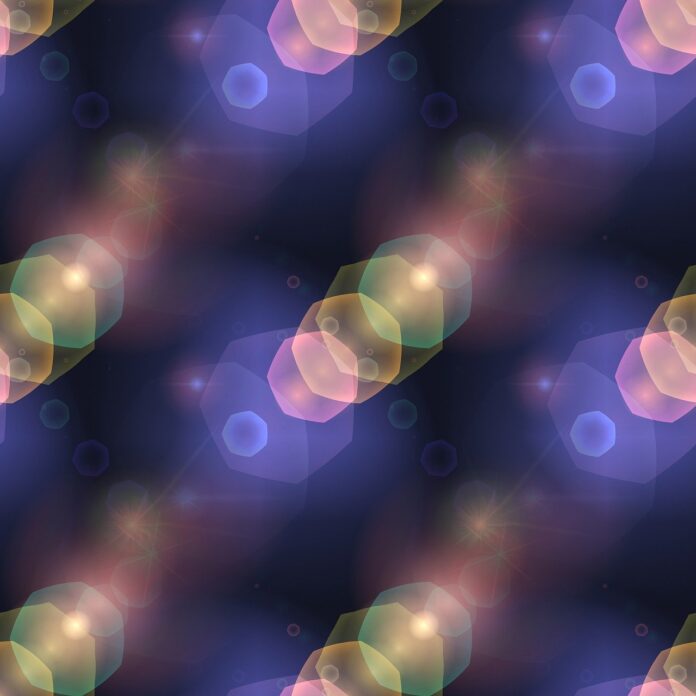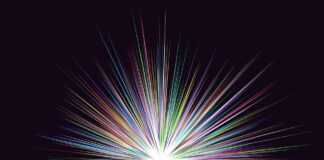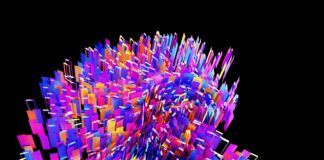Exploring YOLOv5: A Deep Dive into the State-of-the-Art Object Detection Framework In the realm of computer vision and object detection, YOLOv5 stands as a formidable and cutting-edge framework that has garnered immense attention and acclaim. YOLOv5, YOLOv5, YOLOv5, short for “You Only Look Once version 5,” represents a significant advancement over its predecessors, revolutionizing the field with its exceptional speed, accuracy, and versatility. With its ability to identify and locate objects within images and videos in real-time, YOLOv5 has positioned itself as a cornerstone in various applications, ranging from autonomous vehicles and surveillance systems to medical imaging and more. In this comprehensive exploration, we delve into the intricate architecture, innovative features, and the impact of YOLOv5 on the world of computer vision.
The Evolution of YOLO: From YOLOv1 to YOLOv5
Before diving into the specifics of YOLOv5, it’s crucial to understand the evolutionary journey that led to its inception. The YOLO (You Only Look Once) family of object detection models has undergone multiple iterations, each aiming to enhance the speed and accuracy of object detection tasks. YOLOv1, the first iteration, introduced the concept of real-time object detection by dividing an image into a grid and predicting bounding boxes and class probabilities for objects within each grid cell. While groundbreaking, YOLOv1 had limitations in terms of small object detection and localization precision.
Subsequent versions, YOLOv2 and YOLOv3, attempted to address these shortcomings through various architectural improvements, including the introduction of anchor boxes, feature pyramid networks, and multi-scale detection. YOLOv3, in particular, achieved notable accuracy improvements, but at the expense of increased computational complexity. This paved the way for YOLOv4, which introduced a plethora of advancements, including the CSPDarknet53 backbone, PANet, and efficient detection modules.
Enter YOLOv5, a refinement that distills the innovations of its predecessors into a streamlined and efficient framework. YOLOv5, designed with an emphasis on performance and simplicity, harnesses cutting-edge techniques to achieve remarkable accuracy without sacrificing speed.
Architectural Ingenuity: The Inner Workings of YOLOv5
At the core of YOLOv5’s success lies its innovative architecture, meticulously crafted to optimize object detection performance. YOLOv5 adopts a hybrid architecture that combines elements of YOLOv4 and efficient design principles. The network architecture consists of a backbone, neck, and head, each playing a crucial role in the object detection process.
The backbone, inspired by CSPDarknet53 and CSPResNeXt, serves as the feature extraction component. It extracts feature maps of varying resolutions, enabling the model to detect objects at different scales. The neck module, comprising PANet and PANet-lite structures, integrates information from different feature levels, facilitating improved object localization and context understanding. Finally, the head component predicts bounding box coordinates, class probabilities, and object confidences.
One of YOLOv5’s distinguishing features is its streamlined model structure, reducing the computational burden while maintaining or even improving detection accuracy. This design philosophy aligns with the broader trend in deep learning, where models aim to achieve the best trade-off between performance and resource requirements.
Innovations and Advantages of YOLOv5
YOLOv5 distinguishes itself from its predecessors through a series of innovations that contribute to its exceptional performance. One of the standout features is its focus on a single-stage architecture, which allows for real-time object detection. Additionally, YOLOv5 introduces Dynamic Scaling, a technique that adapts the input image size during training and inference, further improving accuracy across different object scales.
The use of anchor-free bounding box prediction is another noteworthy advancement. Unlike previous iterations that relied on anchor boxes, YOLOv5 predicts bounding boxes directly, simplifying the model and improving localization accuracy. This architectural shift streamlines the detection process and contributes to the model’s speed and accuracy.
Furthermore, YOLOv5 embraces the concept of model ensembling. The model offers different size variations, YOLOv5s, YOLOv5m, YOLOv5l, and YOLOv5x, each tailored to different hardware constraints and application scenarios. These variants, trained separately and combined during inference, allow for flexibility in deployment while maintaining top-tier accuracy.
Applications and Impact of YOLOv5
The impact of YOLOv5 reverberates across a wide spectrum of industries and applications. In the realm of autonomous vehicles, YOLOv5 plays a pivotal role in enabling real-time object detection, allowing vehicles to navigate complex environments and respond to potential hazards. In the field of surveillance, YOLOv5’s speed and accuracy empower security systems to swiftly identify and track individuals or objects of interest, bolstering public safety.
In healthcare, YOLOv5 finds applications in medical imaging, aiding in the detection of anomalies or abnormalities in X-rays, MRIs, and other diagnostic images. Additionally, YOLOv5’s capabilities extend to agriculture, where it can facilitate the monitoring of crops and livestock, identifying potential issues and optimizing farming practices.
Challenges and Future Directions
Despite its remarkable achievements, YOLOv5 is not exempt from challenges. The model’s efficiency and speed may lead to compromises in specific scenarios that demand extremely high accuracy. Additionally, YOLOv5’s success has spurred interest in adversarial attacks, prompting researchers to develop strategies to enhance the model’s robustness against such attacks.
As the field of computer vision continues to evolve, the future of YOLOv5 holds exciting possibilities. The framework’s architectural innovations may serve as a foundation for even more efficient and accurate models. Furthermore, the integration of YOLOv5 with emerging technologies like augmented reality and virtual reality could redefine the way we interact with the visual world.
Conclusion: YOLOv5’s Role in Shaping Object Detection
In the ever-expanding landscape of computer vision, YOLOv5 stands as a testament to human ingenuity and technological progress. YOLOv5, YOLOv5, YOLOv5, with its remarkable speed, accuracy, and versatility, has pushed the boundaries of what is possible in object detection. Its architectural innovations, application versatility, and impact across diverse domains position YOLOv5 as a cornerstone in modern computer vision.
As technology continues to advance, YOLOv5’s influence is likely to resonate even further, sparking further research, innovation, and application development. The journey from YOLOv1 to YOLOv5 is a testament to the iterative nature of scientific progress, where each version builds upon the lessons and accomplishments of its predecessors. Through YOLOv5, we catch a glimpse of the ongoing evolution of object detection, and the exciting potential it holds for reshaping how we perceive and interact with the visual world.














